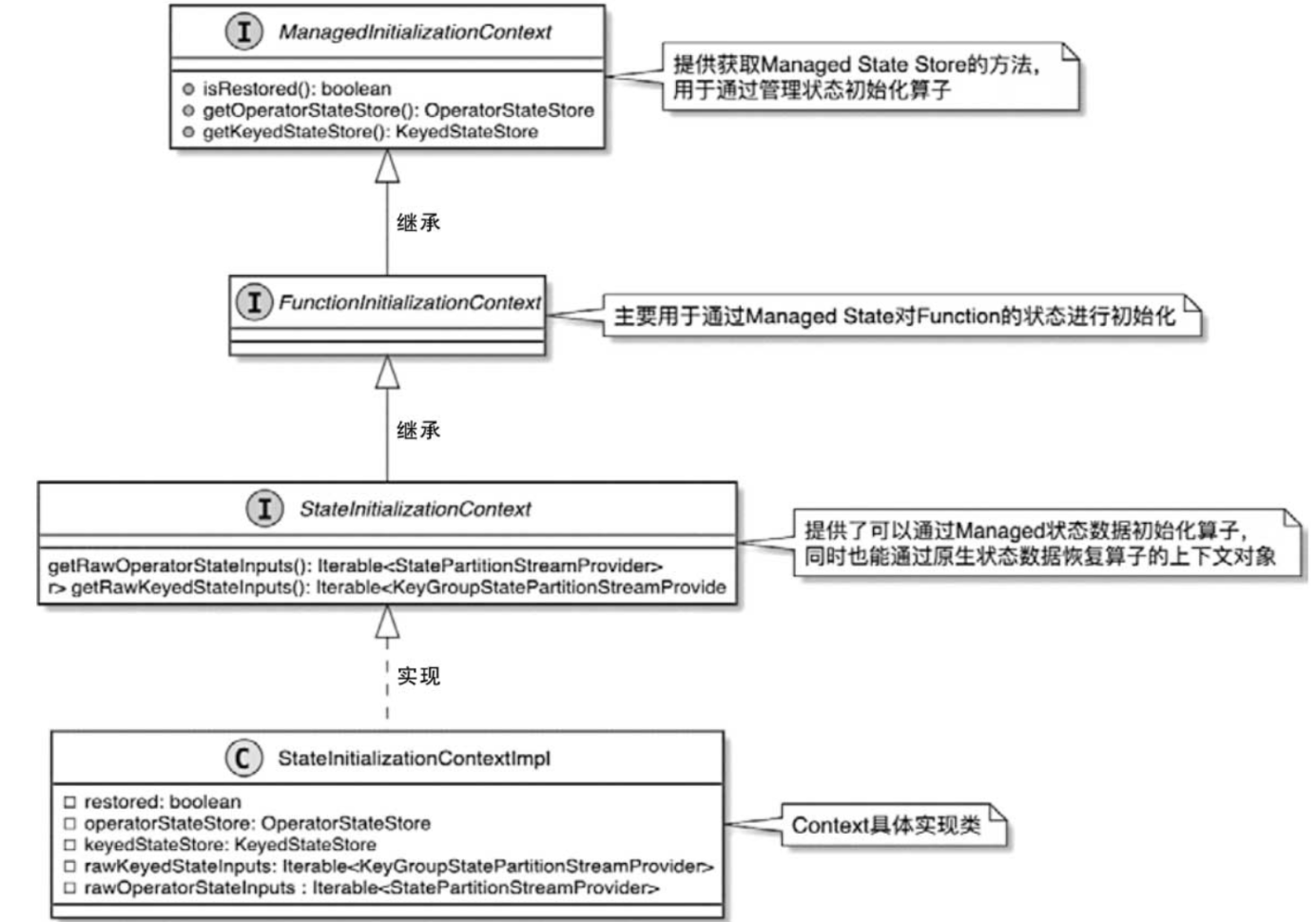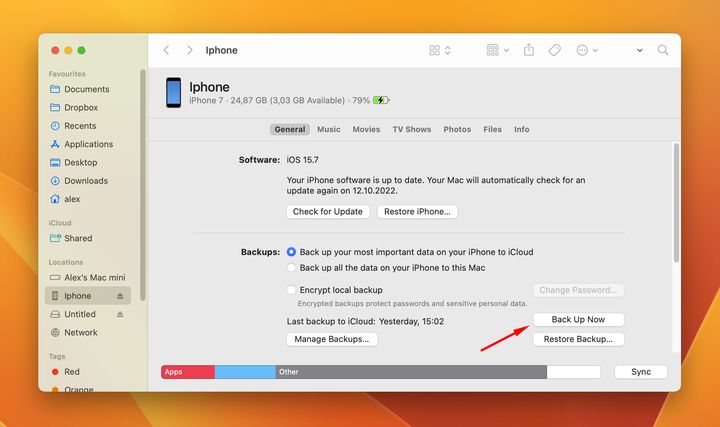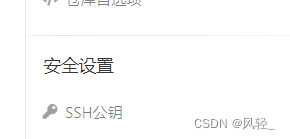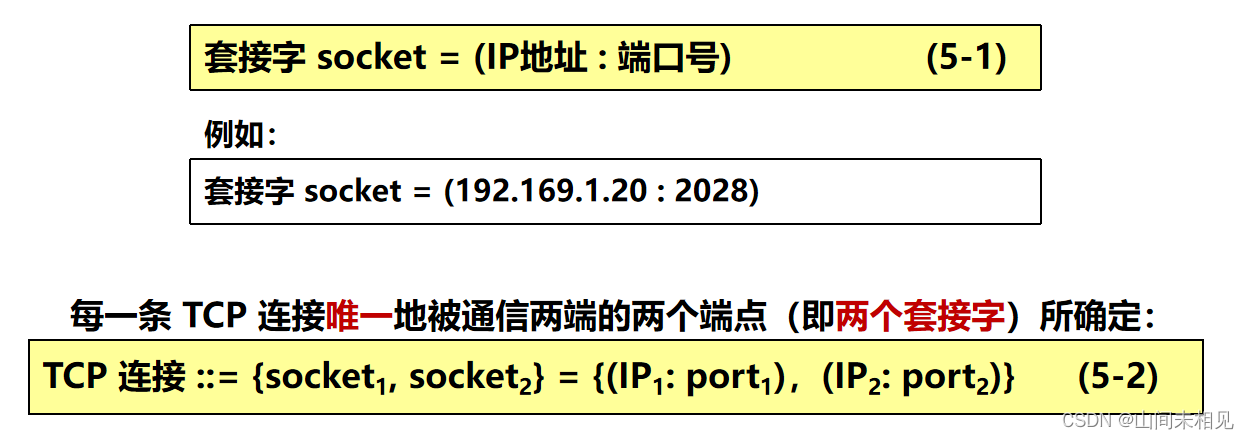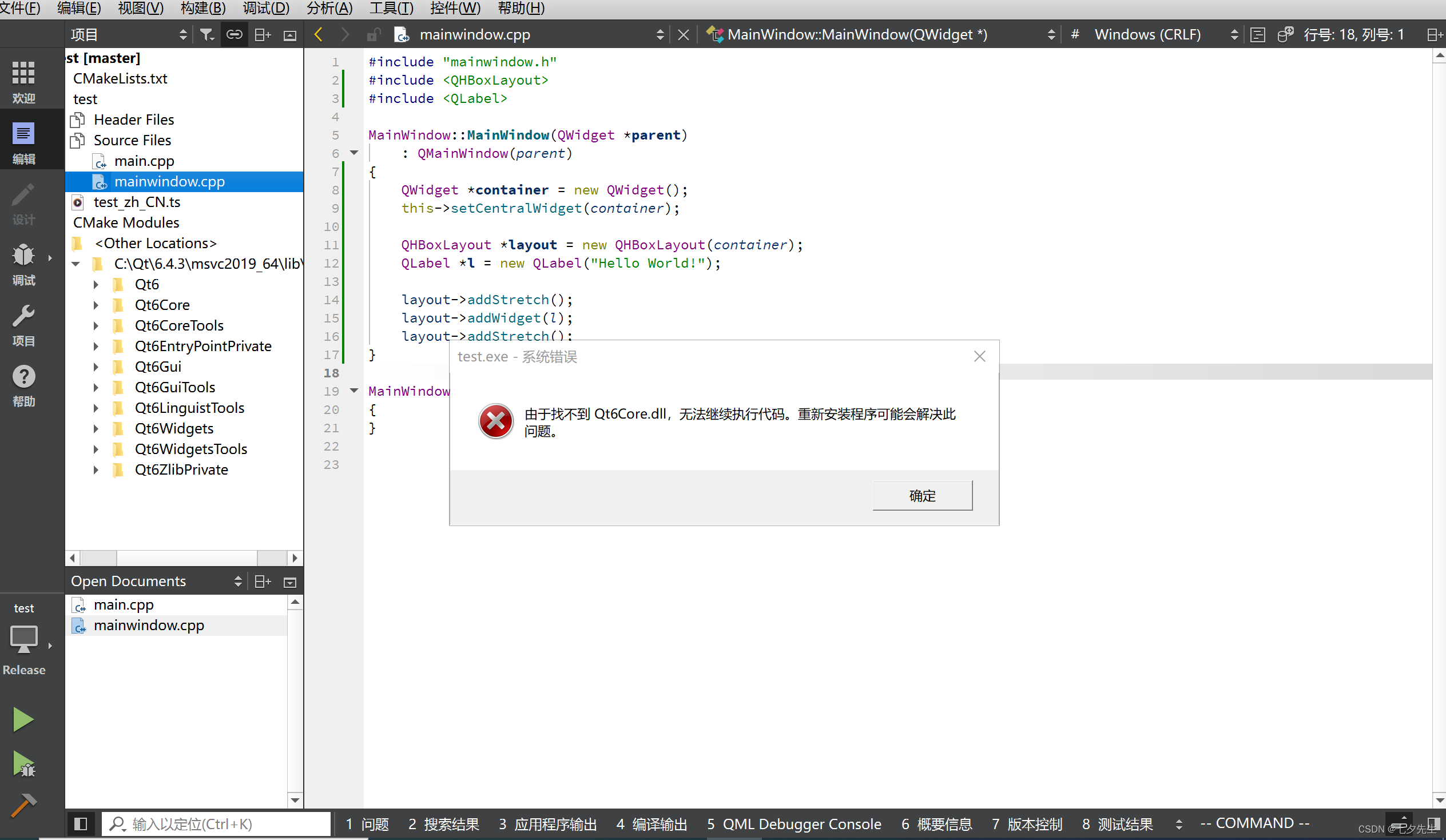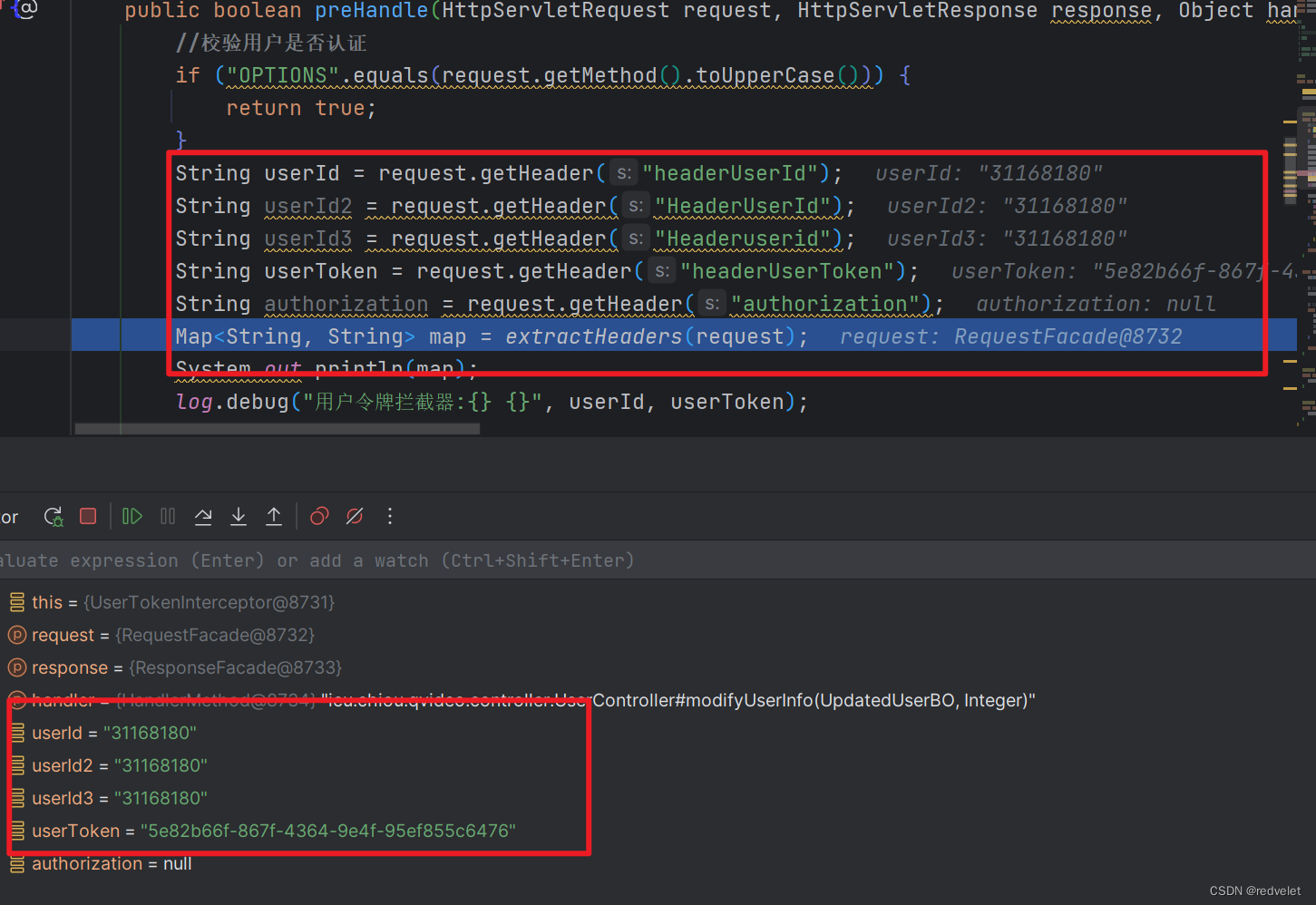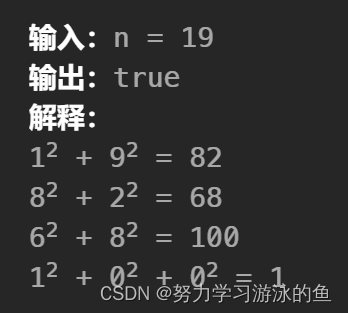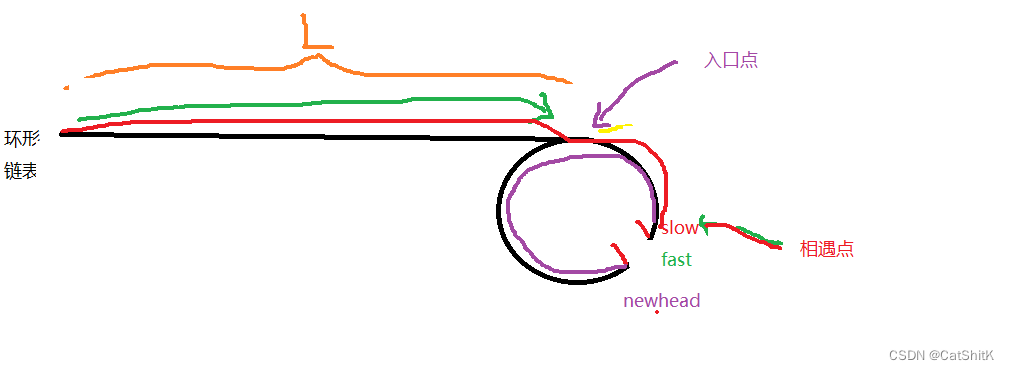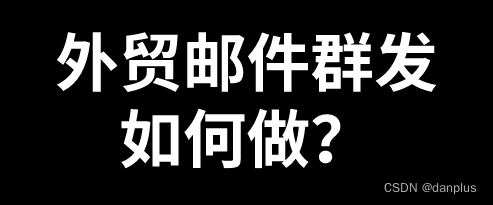文章目录
- 1. 状态初始化总流程梳理
- 2.创建StreamOperatorStateContext
- 3. StateInitializationContext的接口设计。
- 4. 状态初始化举例:UDF状态初始化
在TaskManager中启动Task线程后,会调用StreamTask.invoke()方法触发当前Task中算子的执行,在invoke()方法中会调用restoreInternal()方法,这中间包括创建和初始化算子中的状态数据。
另外在invoke中,可以通过判断任务状态来判断是否需要初始化状态。
// Allow invoking method 'invoke' without having to call 'restore' before it.
if (!isRunning) {
LOG.debug("Restoring during invoke will be called.");
restoreInternal();
}
StreamTask调用initializeStateAndOpenOperators()方法对当前Task中所有算子的状态数据进行初始化。
RegularOperatorChain.
public void initializeStateAndOpenOperators(StreamTaskStateInitializer streamTaskStateInitializer) throws Exception {
Iterator var2 = this.getAllOperators(true).iterator();
while(var2.hasNext()) {
StreamOperatorWrapper<?, ?> operatorWrapper = (StreamOperatorWrapper)var2.next();
StreamOperator<?> operator = operatorWrapper.getStreamOperator();
operator.initializeState(streamTaskStateInitializer);
operator.open();
}
}
找到了算子状态初始化的位置,我们继续了解状态是如何初始化的。
1. 状态初始化总流程梳理
AbstractStreamOperator.initializeState中描述了状态初始化的总体流程,如下代码以及注释:
# AbstractStreamOperator.initializeState
public final void initializeState(StreamTaskStateInitializer streamTaskStateManager)
throws Exception {
//1. 获取类型序列化器
final TypeSerializer<?> keySerializer =
config.getStateKeySerializer(getUserCodeClassloader());
//2. get containingTask
final StreamTask<?, ?> containingTask = Preconditions.checkNotNull(getContainingTask());
final CloseableRegistry streamTaskCloseableRegistry =
Preconditions.checkNotNull(containingTask.getCancelables());
//3. create StreamOperatorStateContext
final StreamOperatorStateContext context =
streamTaskStateManager.streamOperatorStateContext(
getOperatorID(),
getClass().getSimpleName(),
getProcessingTimeService(),
this,
keySerializer,
streamTaskCloseableRegistry,
metrics,
config.getManagedMemoryFractionOperatorUseCaseOfSlot(
ManagedMemoryUseCase.STATE_BACKEND,
runtimeContext.getTaskManagerRuntimeInfo().getConfiguration(),
runtimeContext.getUserCodeClassLoader()),
isUsingCustomRawKeyedState());
//4. create stateHandler
stateHandler =
new StreamOperatorStateHandler(
context, getExecutionConfig(), streamTaskCloseableRegistry);
timeServiceManager = context.internalTimerServiceManager();
//5. initialize OperatorState
stateHandler.initializeOperatorState(this);
//6. set KeyedStateStore in runtimeContext
runtimeContext.setKeyedStateStore(stateHandler.getKeyedStateStore().orElse(null));
}
在StreamOperator初始化状态数据的过程中,首先从StreamTask中获取创建状态需要的组件,例如托管状态的管理后端KeyedStateBackend、OperatorStateBackend以及原生状态管理的KeyedStateInputs和OperatorStateInputs组件。
状态数据操作过程中使用的管理组件最终都会封装成StateInitializationContext并传递给子类使用,例如在AbstractUdfStreamOperator中,就会使用StateInitializationContext中的信息初始化用户定义的UDF中的状态数据。
2.创建StreamOperatorStateContext
接下来看如何在Task实例初始化时创建这些组件,并将其存储在StreamOperatorStateContext中供算子使用,如下代码:
StreamTaskStateInitializerImpl
@Override
public StreamOperatorStateContext streamOperatorStateContext(
@Nonnull OperatorID operatorID,
@Nonnull String operatorClassName,
@Nonnull ProcessingTimeService processingTimeService,
@Nonnull KeyContext keyContext,
@Nullable TypeSerializer<?> keySerializer,
@Nonnull CloseableRegistry streamTaskCloseableRegistry,
@Nonnull MetricGroup metricGroup,
double managedMemoryFraction,
boolean isUsingCustomRawKeyedState)
throws Exception {
//1. 获取task实例信息
TaskInfo taskInfo = environment.getTaskInfo();
OperatorSubtaskDescriptionText operatorSubtaskDescription =
new OperatorSubtaskDescriptionText(
operatorID,
operatorClassName,
taskInfo.getIndexOfThisSubtask(),
taskInfo.getNumberOfParallelSubtasks());
final String operatorIdentifierText = operatorSubtaskDescription.toString();
final PrioritizedOperatorSubtaskState prioritizedOperatorSubtaskStates =
taskStateManager.prioritizedOperatorState(operatorID);
CheckpointableKeyedStateBackend<?> keyedStatedBackend = null;
OperatorStateBackend operatorStateBackend = null;
CloseableIterable<KeyGroupStatePartitionStreamProvider> rawKeyedStateInputs = null;
CloseableIterable<StatePartitionStreamProvider> rawOperatorStateInputs = null;
InternalTimeServiceManager<?> timeServiceManager;
try {
// 创建keyed类型的状态后端
// -------------- Keyed State Backend --------------
keyedStatedBackend =
keyedStatedBackend(
keySerializer,
operatorIdentifierText,
prioritizedOperatorSubtaskStates,
streamTaskCloseableRegistry,
metricGroup,
managedMemoryFraction);
//创建operator类型的状态后端
// -------------- Operator State Backend --------------
operatorStateBackend =
operatorStateBackend(
operatorIdentifierText,
prioritizedOperatorSubtaskStates,
streamTaskCloseableRegistry);
//创建原生类型状态后端
// -------------- Raw State Streams --------------
rawKeyedStateInputs =
rawKeyedStateInputs(
prioritizedOperatorSubtaskStates
.getPrioritizedRawKeyedState()
.iterator());
streamTaskCloseableRegistry.registerCloseable(rawKeyedStateInputs);
rawOperatorStateInputs =
rawOperatorStateInputs(
prioritizedOperatorSubtaskStates
.getPrioritizedRawOperatorState()
.iterator());
streamTaskCloseableRegistry.registerCloseable(rawOperatorStateInputs);
//创建Internal Timer Service Manager
// -------------- Internal Timer Service Manager --------------
if (keyedStatedBackend != null) {
// if the operator indicates that it is using custom raw keyed state,
// then whatever was written in the raw keyed state snapshot was NOT written // by the internal timer services (because there is only ever one user of raw keyed // state); // in this case, timers should not attempt to restore timers from the raw keyed // state. final Iterable<KeyGroupStatePartitionStreamProvider> restoredRawKeyedStateTimers =
(prioritizedOperatorSubtaskStates.isRestored()
&& !isUsingCustomRawKeyedState)
? rawKeyedStateInputs
: Collections.emptyList();
timeServiceManager =
timeServiceManagerProvider.create(
keyedStatedBackend,
environment.getUserCodeClassLoader().asClassLoader(),
keyContext,
processingTimeService,
restoredRawKeyedStateTimers);
} else {
timeServiceManager = null;
}
// -------------- Preparing return value --------------
return new StreamOperatorStateContextImpl(
prioritizedOperatorSubtaskStates.getRestoredCheckpointId(),
operatorStateBackend,
keyedStatedBackend,
timeServiceManager,
rawOperatorStateInputs,
rawKeyedStateInputs);
} catch (Exception ex) {
。。。。
}
流程梳理:
- 从environment中获取TaskInfo,并基于Task实例创建OperatorSubtaskDescriptionText。Operator中Task实例的描述信息包含OperatorID、OperatorClassName等,最终用于创建OperatorStateBackend的状态存储后端。
- 创建KeyedStateBackend,KeyedStateBackend是KeyedState的状态管理后端,提供创建和管理KeyedState的方法。
- 创建OperatorStateBackend,OperatorStateBackend是OperatorState的状态管理后端,提供获取和管理OperatorState的接口。
- 创建KeyGroupStatePartitionStreamProvider实例,提供创建和获取原生KeyedState的方法。
- 创建StatePartitionStreamProvider实例,提供创建和获取原生OperatorState的方法。
- 将所有创建出来的托管状态管理后端
keyedStatedBackend和operatorStateBackend、原生状态存储后端rawKeyedStateInputs和rawOperatorStateInputs及timeServiceManager实例,全部封装在StreamOperatorStateContextImpl上下文对象中,并返回给AbstractStreamOperator使用。
小结
StreamTaskStateInitializer.streamOperatorStateContext()方法包含创建托管状态和原生状态管理后端的全过程。StreamOperator的实现类能够从StreamOperatorStateContext中获取这些状态管理组件,并使用它们创建指定类型的状态,最终状态数据会存储在状态管理后端指定的物理介质上,例如堆内存或RocksDB。
StateInitializationContext会被用于算子和UserDefinedFunction中,实现算子或函数中的状态数据操作。
3. StateInitializationContext的接口设计。
StateInitializationContext接口同时继承了ManagedInitializationContext接口和FunctionInitializationContext接口。StateInitializationContext接口的默认实现类为StateInitializationContextImpl。
ManagedInitializationContext接口提供了托管状态使用的KeyedStateStore和OperatorStateStore获取方法,即KeyedStateBackend和OperatorStateBackend的封装类。算子进行初始化时,会通过KeyedStateStore和OperatorStateStore提供的方法创建和管理指定类型的托管状态。
FunctionInitializationContext提供了用户自定义函数状态数据初始化需要的方法。它和ManagedInitializationContext保持一致,这主要是为了和算子使用的上下文进行区分,但两者的操作基本一致。
StateInitializationContext提供了对托管状态数据的管理,并在内部继承和拓展了获取及管理原生状态数据的方法,如getRawOperatorStateInputs()、getRawKeyedStateInputs()等
StateInitializationContextImpl具备操作管理状态和原生状态的能力。基于它可以获取不同类型的状态管理后端,并基于状态管理操作状态数据。
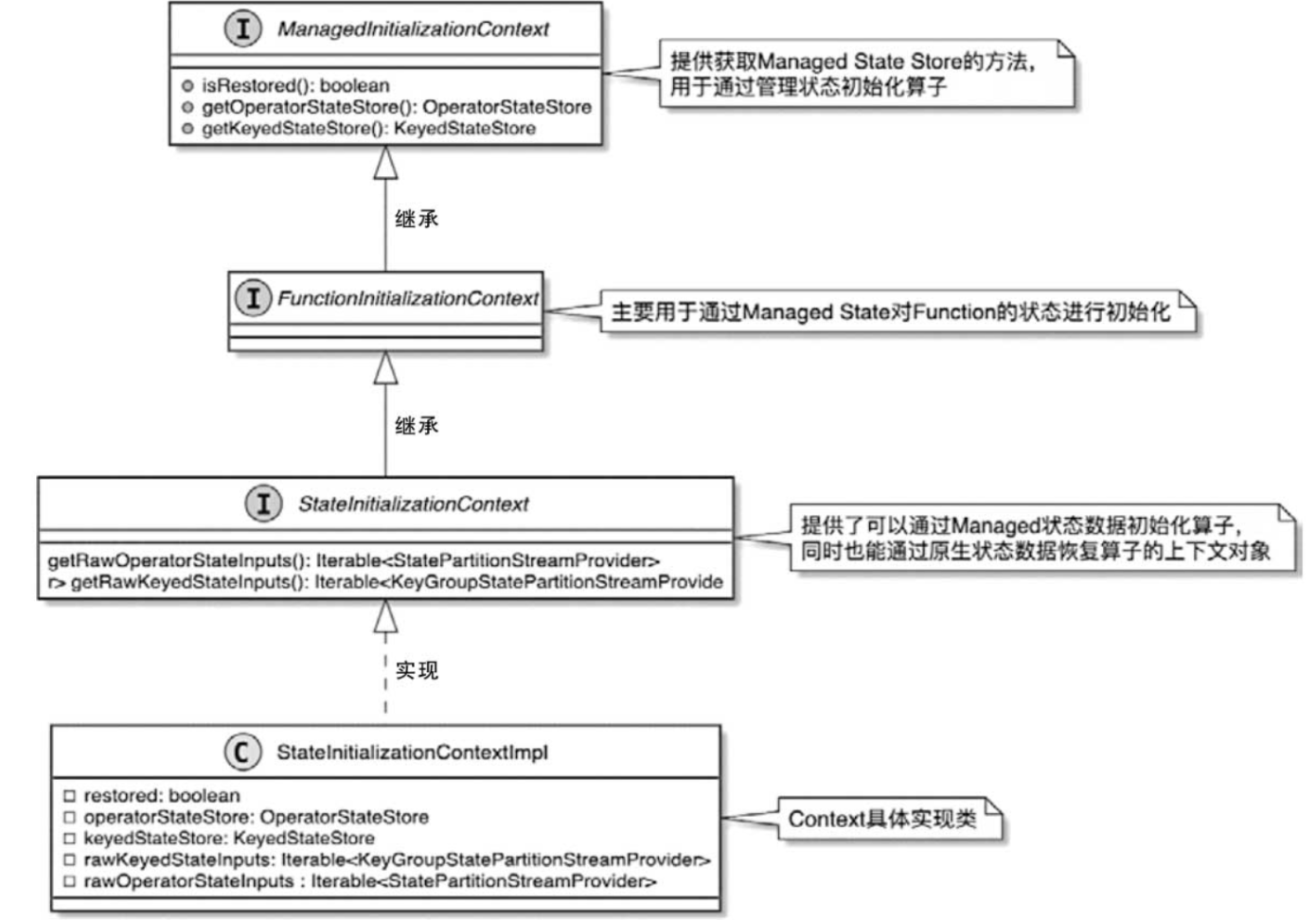
4. 状态初始化举例:UDF状态初始化
在AbstractStreamOperator中调用initializeState(StateInitializationContext context)抽象方法初始化Operator中的状态。这里以AbstractUdfStreamOperator为例说明具体算子、UDF是如何进行状态初始化的。
AbstractUdfStreamOperator.initializeState()方法实际上调用了StreamingFunctionUtils.restoreFunctionState()方法对User-Defined Function中的状态数据进行初始化和恢复,实际上就是将上文创建的StateInitializationContext上下文信息提供给Function接口使用。
public void initializeState(StateInitializationContext context) throws Exception {
super.initializeState(context);
StreamingFunctionUtils.restoreFunctionState(context, userFunction);
}
恢复函数内部的状态数据涉及Checkpoint的实现,我们会在之后介绍如何在StreamingFunctionUtils.restoreFunctionState()方法中恢复函数中的状态数据。
《Flink设计与实现:核心原理与源码解析》张利兵
